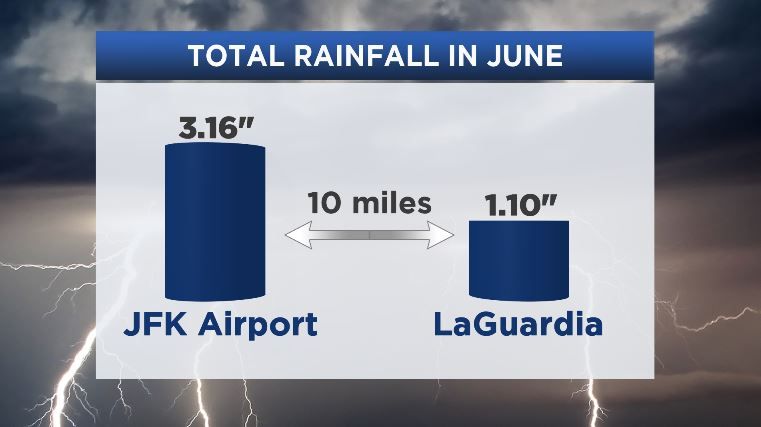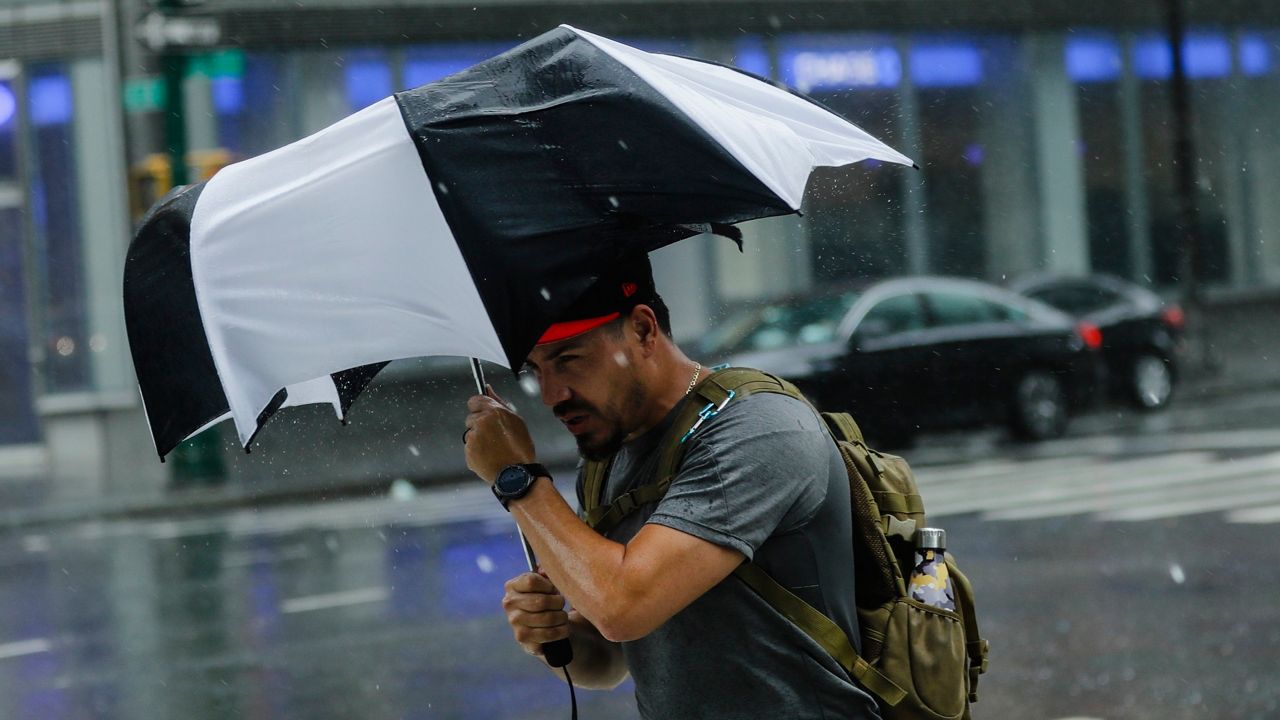We've all been there. It's a warm and sunny day, we go outside to run an errand, then suddenly, a dark cloud looms in the distance. And just like that, you're caught in a torrential downpour.
Let's take a look at why that seems to happen so much in the summer. The key word in this lesson is "convection".
In the summer months the sunshine is strong and it warms up the ground quickly. This bubble of warm air rises and cools as it rises into the sky. Any moisture in that bubble of air then condenses and forms a cloud.
This is the premise of all weather but in the summer months this can happen on a very small scale.
Think of it like a pot of boiling water. When you turn on the stove, the bottom of the pot heats up and that water bubbles to the top.
Now imagine trying to predict where the next bubble is going to pop up in that pot of boiling water. Even with all the advancements in math and science, this is still nearly impossible for us human beings.
The surface of the earth is just like the bottom of that pot. The sun is the heat source, and those bubbles in the pot represent pockets of air that rise to the top when they warm up.
Now back to the weather. On a sunny day, with moisture in the air, and just the right atmospheric conditions, we can predict when these clouds will begin to pop up.
Even better, we can predict when some of these clouds may grow large enough to become rain showers or even thunderstorms.
Remember, all of this is happening on a very small scale and those bubbles are popping up in minutes!
During the cooler months, storms are large and bring widespread areas of clouds and precipitation. By contrast, the warmer months often bring showers and thunderstorms that can literally cover just half of a neighborhood.
Take New York City, for example. Just look at the monthly totals between JFK Airport and LaGuardia Airport, which are separated by less than 10 miles as the crow flies.
JFK saw nearly three times the amount of rain as LaGuardia.

On the next sunny, summer day, look up at the sky as those puffy white clouds grow larger.
Those clouds will form as the ground warms up, causing a bubble of rising air, and as that air continues to rise, the clouds grow and it can become one of those random downpours within minutes.
In a way, it did sort of come out of nowhere.



